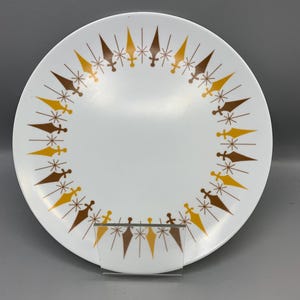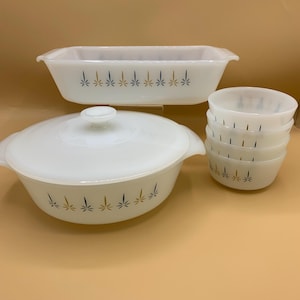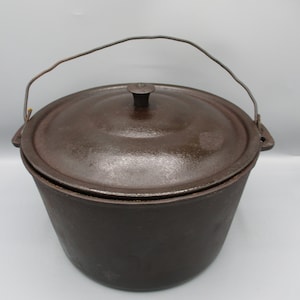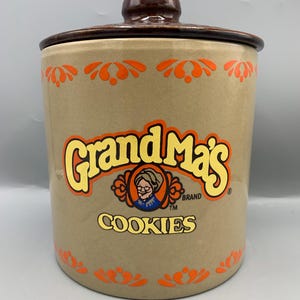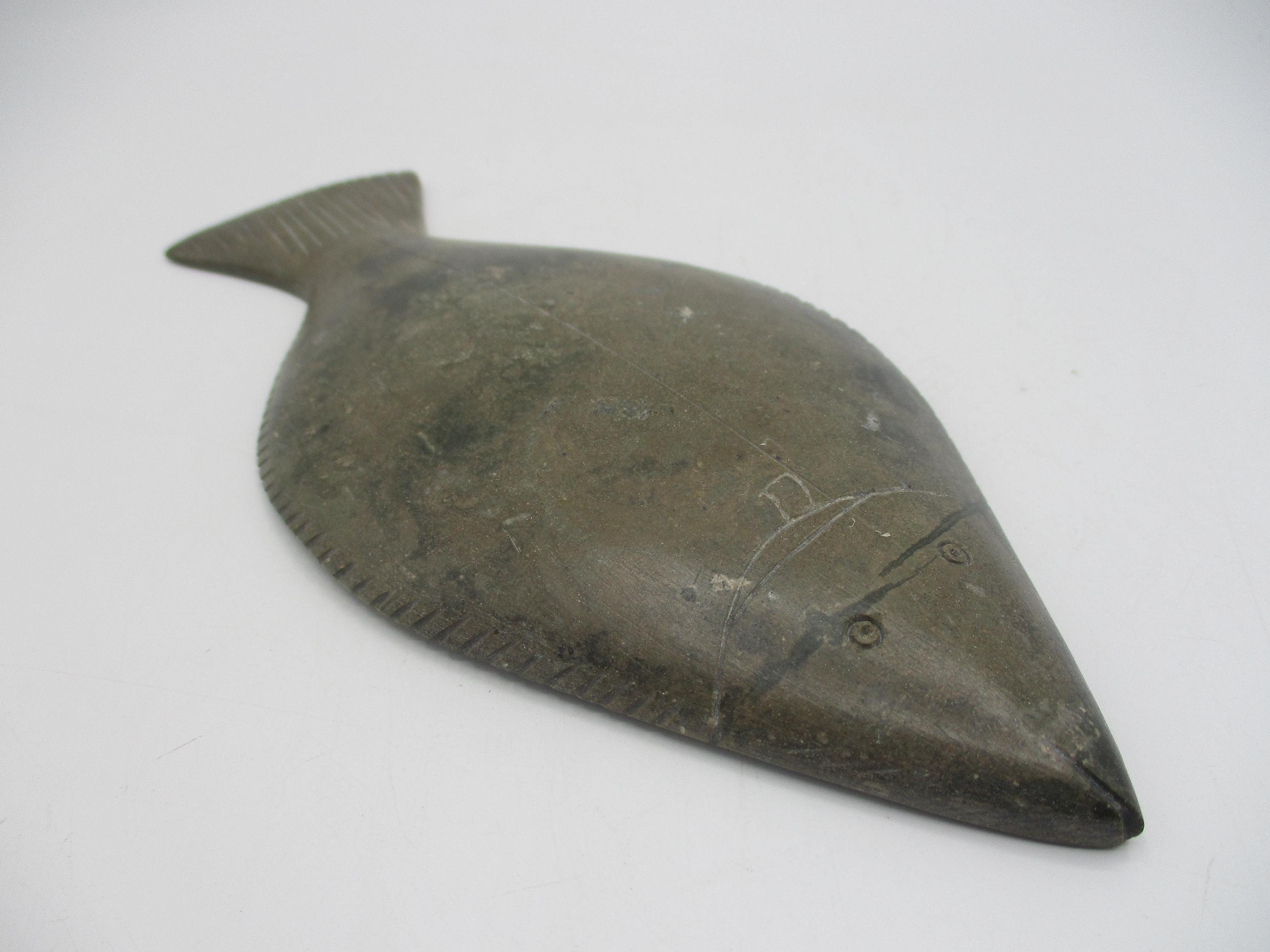


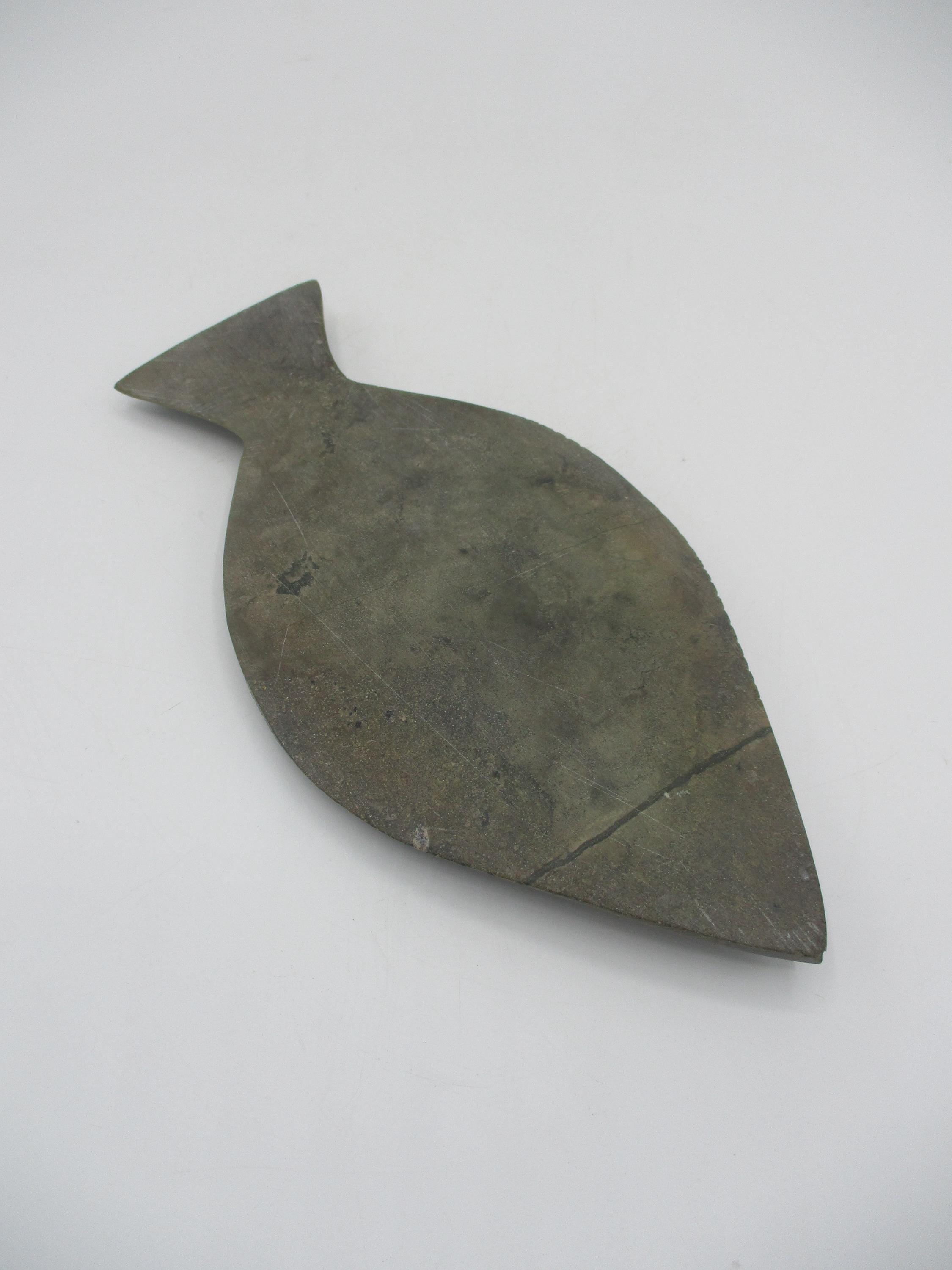


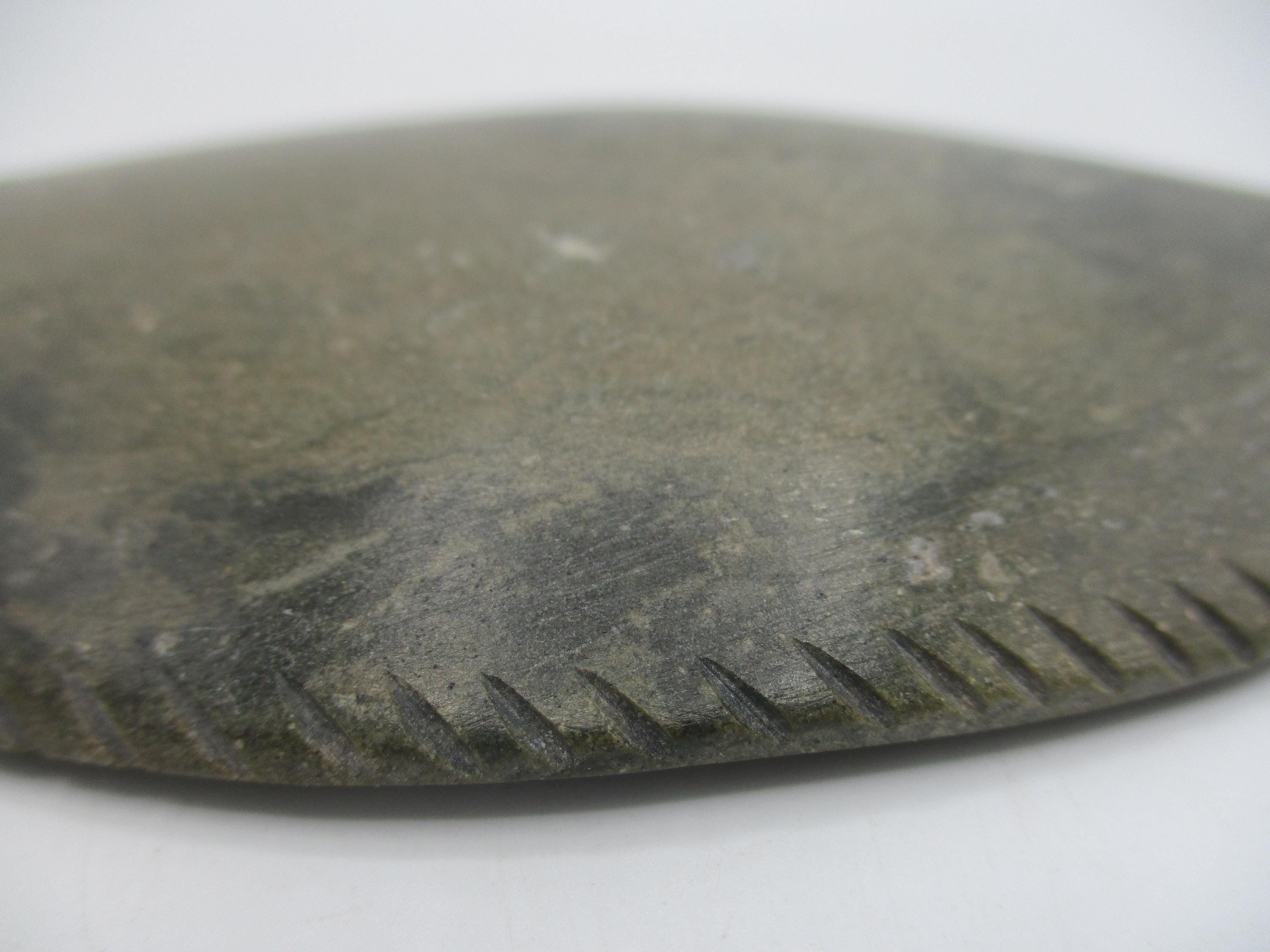


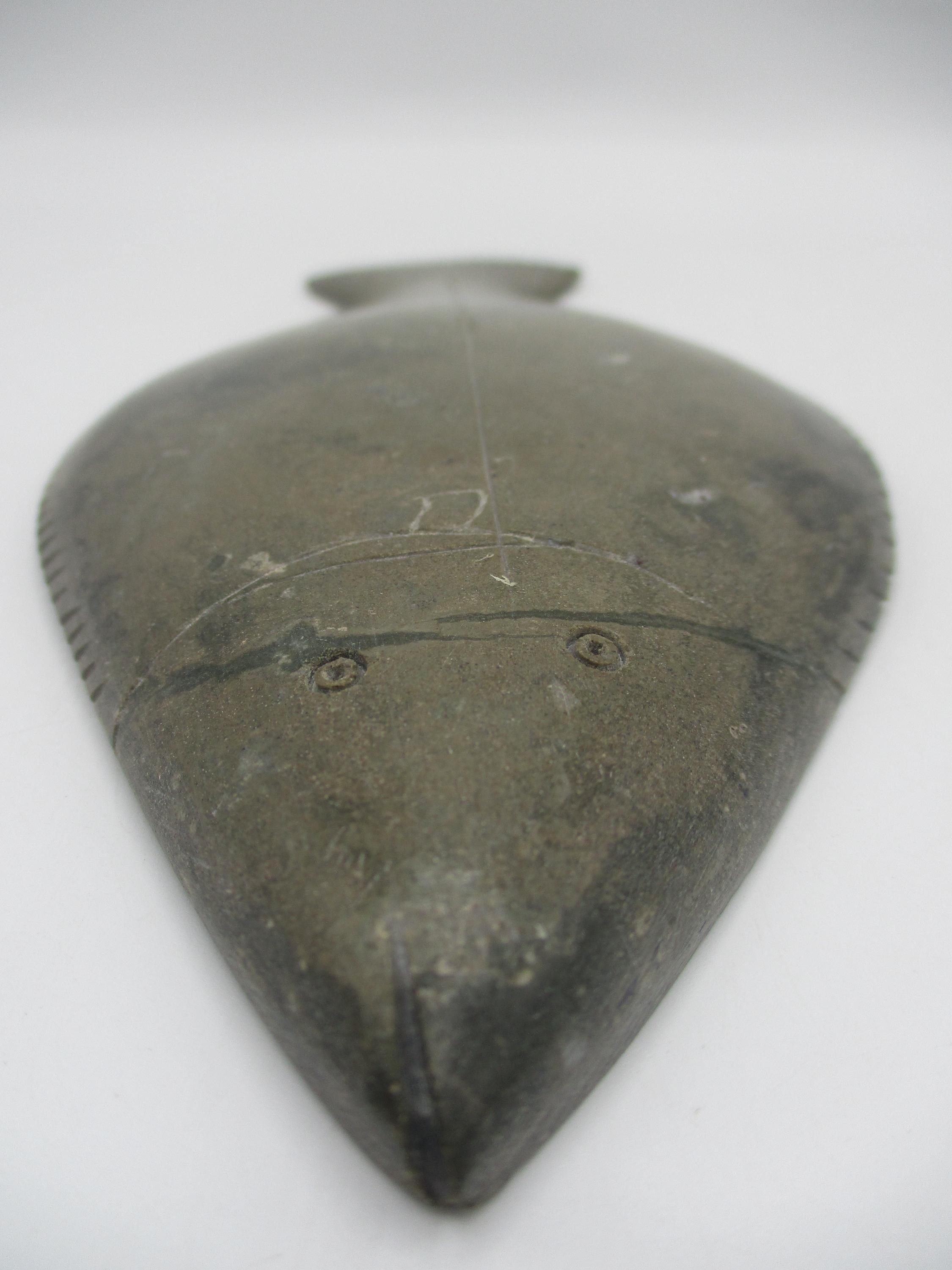
Native Alaskan Soapstone Carving-Halibut, circa 1940's
-
DetailsSoapstone is a type of metamorphic rock that is widely found and quarried in the U.S. Pacific Northwest, Canada and parts of Alaska. It is largely formed and composed of changing rocks by heat and pressure, with an influx of fluids, but without melting. It has been a material for carving for thousands of years. The Native Alaskans (The Iñupiat ) became artisan hand carvers of stone. They began using soapstone and other Alaskan stones to carve their images of wildlife and their cultural objects. In the early 1800's Inuit tribes began trading soapstone art pieces with the white settlers of Canada and the United States. Previously, many of these native artisans had worked with whale bones or walrus ivory to produce their cultural crafts. In the late 1800's Canadian/England fur trading giant, the Hudson Bay Company, was one of the biggest traders with the Inuit tribal artisans. Hudson wanted to encourage the soap stone carving production so they could trade "easy to get Canadian fur" for the rare soapstone carvings more commercially valuable in European countries. In the early 1900's Hudson supplied the Inuit artisans with sandpiper and by the 1940's throughout the 1950's, the Iñupiat were using their carvings for retail and were no longer dependent on trade. Alaskan natives Samuel Simmonds, Guy Okakok, Sr., and Charles 'Etok' Edwardsen, Jr., created an organization to help protect the lands of the Arctic Slope region, this was the beginning of the process that led to the Alaska Native Land Claims Settlement Act. After this highly publicized "land rights" battle and the ANLCSA was law in Alaska, the world began a different mood when it came to the Iñupiat. The Inuit became known more as the Indigenous Peoples Of The North American Atlantic and restructured their tribal government to extend on their landmark legal win. The tribal activity was relatively quiet during the 1970's, and was mostly expressed through tribal organizations receiving federal money to provide services through the Indian Self-Determination and Education Assistance Act of 1975. All that federal money ended Inuit soap carvings for commerce and became popular through famous Iñupiat artisans like George Arlook, John Tiktak, and Hunter Toonoo. These carvings were more ornate in sculpture and larger scaled. This piece is from the earlier days of Alaskan folk art and still maintains that Native Alaskan "primitive" appearance.
This sculpture is of the Pacific Halibut which is famously a staple in the Alaskan wildlife as well as the Inuit people.
MemoryLaneVintiques handpicked this item from an estate sale in Dallas, TX
Weighs 8.8 ounces
Length 7.25"
Body Width 3.5:
Fin Width 2"
Flat Base
MemoryLaneVintiques sanitizes all glassware, glazed pottery, jewelry and resin cast items before packing for shipment....100% Guaranteed!
ETSY INTELLECTUAL PROPERTY POLICY
As a venue for artists, designers, and makers, Etsy takes intellectual property rights very seriously. We comply with intellectual property laws and industry best practices in order to maintain the integrity of our creative marketplace. This Intellectual Property Policy explains how we address allegations of infringement, how authorized parties can submit reports of infringement regarding content on our marketplace, and how Etsy sellers can respond when their listings or shops are affected by a report.
ANY COPY AND PASTING OR PLAGIARIZING OF MATERIAL
ON MEMORYLANEVINTIQUES IS SUBJECT TO ETSY INVESTIGATION AND PENALTIES!
MemoryLaneVintiques researches also protect our shop from Intellectual Property Theft by researching for violators of our material. Be respectful!
Chad & Jennifer Johnston (August 2024)
